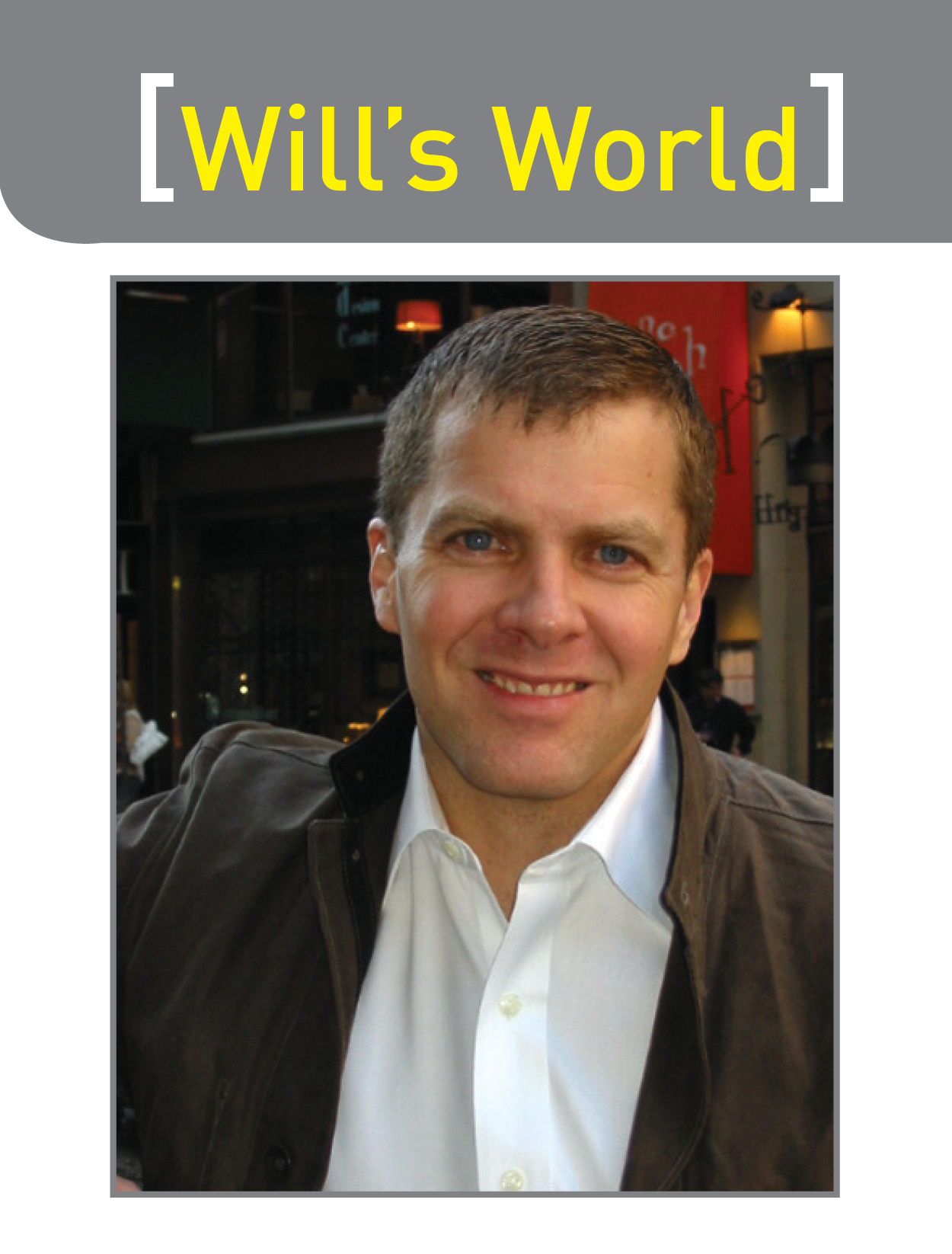By Will Carlin
In the fall of 1978, a promising squash player from Mercersburg Academy arrived as a freshman on the campus of Trinity College in Hartford. A few weeks later, he was gone, and no one in the squash world seemed to know where he went.
He had decided to travel the world, and one of the places he stayed longest was South Africa. Despite an exclusively hardball pedigree, Mark Talbott had decided to learn softball.
Always fit, Talbott learned to hone his conditioning for squash; he learned the criticality of length and width; and he developed surprising power for someone with an incredibly lithe frame. When he returned to the US and joined the World Professional Squash Association (the pro hardball tour), he reacclimatized to hardball fairly quickly, and almost immediately was a top-five player. Not surprisingly, he won the WPSA Rookie of the Year in 1982.
Slightly less than a year later, he was the world’s number one hardball player—a rank he held for an incredible 13 years from 1983–1995. Some of his statistics during that time are hard to comprehend: he won 70% of the tournaments he entered; he won over 170 titles; he was the tour Player of the Year eight times; and he even was twice a member of the top-ranked doubles team.
Nearly simultaneously with Mark’s dominance on the hardball tour was the rise and reign of Jahangir Khan on the softball tour.
In 1981, when he was just 17-years-old, Jahangir became the youngest winner of the World Open, beating Australia’s Geoff Hunt (the game’s dominant player in the late-1970s) in the final. That tournament marked the start of a mind-bending unbeaten run in softball that lasted for five years and 555 matches. He won ten British Opens in a row and six World Open titles. In 1982, he did something that likely will never be equaled: he won the finals of the International Squash Players Association Championship without losing a single point.
Two years into his time at the top, Jahangir decided that his world dominance had one hole: he had not yet conquered hardball. Much like boxing has different titles that great fighters try to “unify,” Jahangir wanted to establish that he was indisputably the greatest squash player on the planet. Period.
And so he did. Khan won the 1983 Boston Open, the 1984 North American Open and the 1984 WPSA Championships, all over Talbott in the finals.
In late 1984, Khan and Talbott met on the anniversary of their first encounter in the finals of the Boston Open. In a match that many consider the greatest hardball match ever played, Talbott managed something that no one in the softball world did during that time: he beat Jahangir 18-16 in overtime of the fifth game.
The two met in finals seven more times over the next two years, and six of those encounters were very close, but Jahangir never again lost to his hardball rival. Khan succeeded in unifying the squash title under his extraordinary crown.
When Khan first showed up, fans of hardball had high hopes that their game might gain international interest and that the two tours might somehow combine or at least encourage further crossover. But aside from Khan and Steve Bowditch (a West Germany-based Australian who was top five in hardball after a successful softball career), softballers didn’t take to hardball very well, and hardballers had little success with the international game.
Indeed, some now consider Jahangir’s success in hardball to be among the factors that led to growing interest in softball and the eventual demise of hardball singles in the early 1990’s.
How wonderful, then, it was that almost twenty-five years after Jahangir and Talbott last played each other, the Tournament of Champions hosted the sixth annual Word Squash Awards and celebrated not only the softball players and rookies of the year but also those for hardball doubles and a lifetime achievement award for Mark Talbott.
In addition to the top men’s and women’s players on the singles and doubles tours, many former hardball greats were on hand: Ned Edwards, who was number two on the WPSA five of the years when Mark was number one and won most of the few titles that Talbott didn’t, introduced Talbott’s award, but also present were former top WPSA pros Clive Caldwell, John Nimick, David Boyum, Bill Doyle, Gul Khan, Rob Dinerman, Larry Hilbert, and Pat Canavan, among others.
The Special Services to Squash Award at this unique dinner was given to world renowned artist Frank Stella, who started promoting softball squash in the US in the 1980s and was the first to bring Jahangir to New York for one of his only softball tournaments in the US.
He wasn’t the only former promoter present, though, for this dinner was one of the few times that the squash community got to welcome back Tom and Hazel White Jones, the former publisher and editor of Squash News, who themselves were largely responsible for the huge rise in popularity of hardball in the 70’s and 80’s and promoted the first US softball tour.
Before the dinner, great players from softball singles, hardball singles and doubles all mingled with each other with interest and mutual respect. That was cool. And just after 8 o’clock, the dinner began and awards started flowing. Near the end, Mark was given his award.
As he stood there acknowledging people from all three tours, Talbott, the greatest hardball player in history who sharpened his natural talent by learning softball and later became number one in doubles and the coach of future champions at Stanford, was, all by himself, the embodiment of the past, present and future of US Squash.


